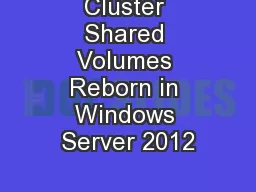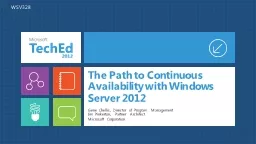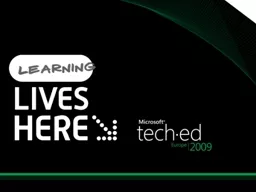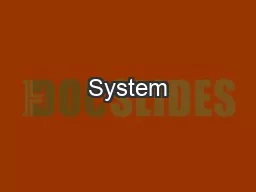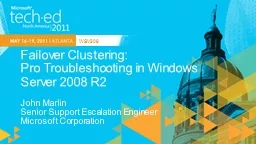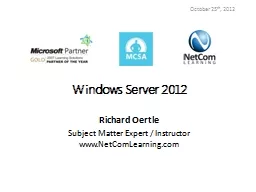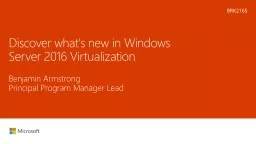PPT-Cluster Shared Volumes Reborn in Windows Server 2012
Author : trish-goza | Published Date : 2017-08-27
Gareth James Hani Adhami Senior Consultant Senior Consultant WSV423 Agenda Overview of Cluster Shared Volumes CSV Whats changed in Windows Server 2012 New CSV Architecture
Presentation Embed Code
Download Presentation
Download Presentation The PPT/PDF document "Cluster Shared Volumes Reborn in Windows..." is the property of its rightful owner. Permission is granted to download and print the materials on this website for personal, non-commercial use only, and to display it on your personal computer provided you do not modify the materials and that you retain all copyright notices contained in the materials. By downloading content from our website, you accept the terms of this agreement.
Cluster Shared Volumes Reborn in Windows Server 2012: Transcript
Download Rules Of Document
"Cluster Shared Volumes Reborn in Windows Server 2012"The content belongs to its owner. You may download and print it for personal use, without modification, and keep all copyright notices. By downloading, you agree to these terms.
Related Documents

